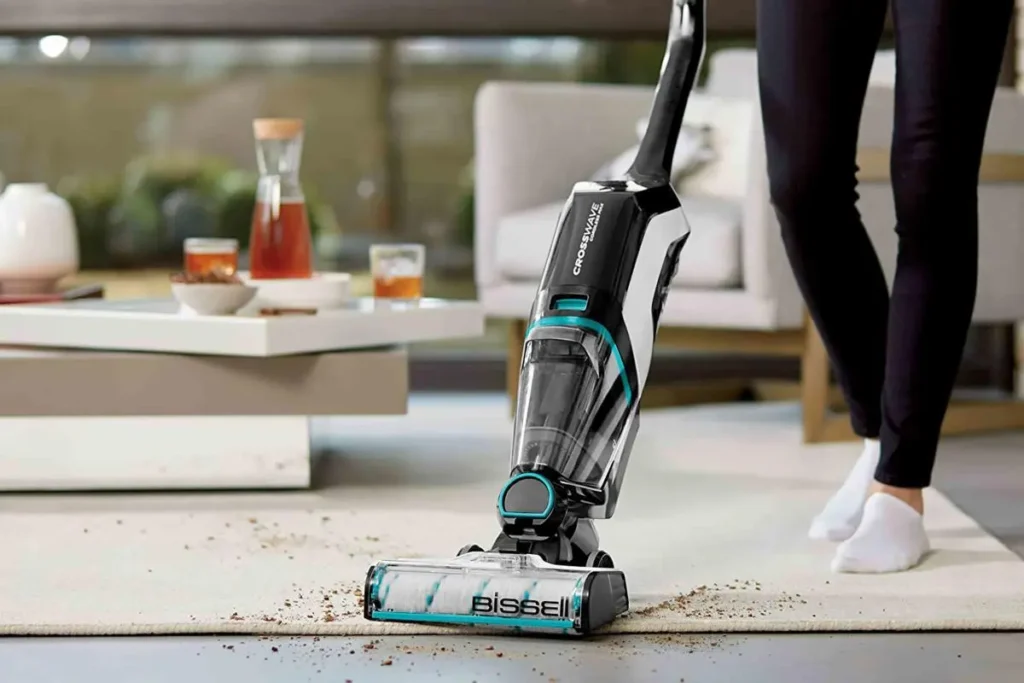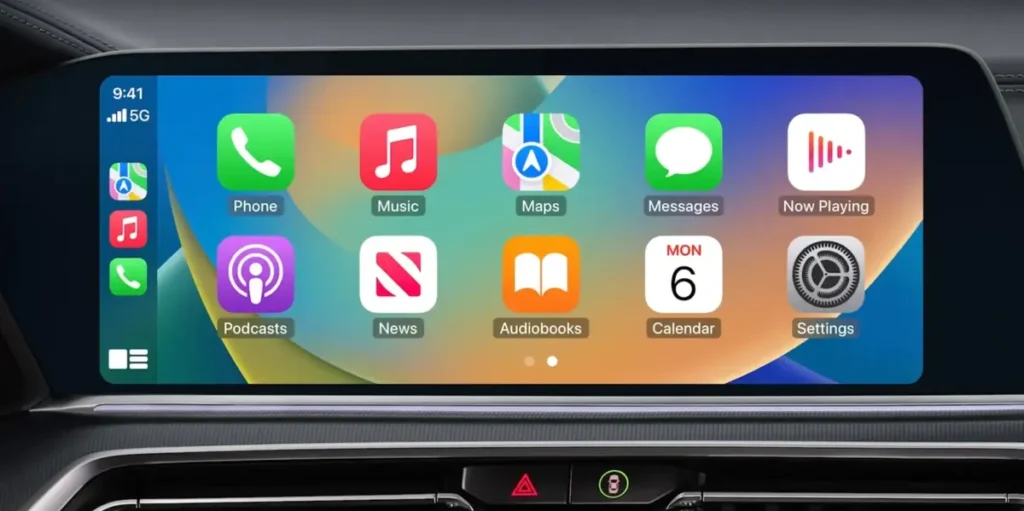Have you ever questioned how moderate bulbs get their shine, or how the tiny circuits on your computer chip are made? The solution lies in the fascinating world of vacuum technology. In less complicated phrases, it is the technological know-how and engineering at the back of creating and making use of environments with very low stress, much lower than the air strain we enjoy every day.
This article could be your one-forestall manual to understanding the vacuum era. We’ll discover the basics, delve into its applications, and solve a few frequently asked questions. So, buckle up and get geared up to step into an international wherein there is no longer an awful lot of air, but a whole lot of capability!
What is a Vacuum?
A vacuum is an area in which most of the fuel molecules are removed, growing a vicinity with a strain significantly lower than atmospheric stress. Imagine a field filled with air molecules continuously bouncing around. In a vacuum, we’ve removed most of these air molecules, leaving a much “emptier” area.
Why Use Vacuum Technology?
There are numerous motives why scientists and engineers rely on the vacuum era:
- Minimizing undesirable reactions: When air is gifted, its additives, like oxygen and nitrogen, can react with materials or processes. A vacuum removes those interactions, taking into account cleaner and extra-controlled environments.
- Enhancing particle tour: Without air molecules within the way, debris like electrons or mild waves can journey longer distances with fewer collisions. This is vital in applications like particle accelerators and electron microscopes.
- Sublimation and evaporation: In a vacuum, materials can be made to change kingdom (from strong to gasoline) at lower temperatures due to the reduced strain. This precept is utilized in strategies like freeze-drying and thin-film deposition.
Levels of Vacuum
The quantity to which a vacuum is created is measured in units like Pascals (Pa) or Torr. Here’s a breakdown of the specific vacuum levels:
Vacuum Level | Pressure Range (Torr) | Examples of Applications |
Rough Vacuum | 760 – 1 Torr | Degassing, initial pump-down |
High Vacuum | 10^-3 – 10^-7 Torr | Incandescent lamp manufacturing, freeze-drying |
Ultra-High Vacuum (UHV) | 10^-7 – 10^-10 Torr | Semiconductor fabrication, particle accelerators |
Extreme High Vacuum (XHV) | Below 10^-10 Torr | Research applications requiring minimal contamination |
Creating a Vacuum: Pump Power!
Vacuum pumps are the workhorses of this generation. They are available in numerous kinds, every one suitable for reaching unique pressure degrees. Here’s a glimpse into a few common pumps:
- Rotary Vane Pumps: These are workhorses for rough and medium vacuum technology programs. They use rotating blades to trap and circulate gas molecules.
- Turbomolecular Pumps: These pumps excel at excessive and ultra-high vacuum. They use high-velocity turbine blades to switch momentum to gasoline molecules, pushing them out of the chamber.
- Cryopumps: These pumps utilize extremely cold surfaces to entice gasoline molecules, reaching ultra-high and extremely high vacuum technology degrees.
Choosing the right pump relies upon factors like:
- Desired vacuum stage
- Pumping speed (how fast it could dispose of gas)
- Cost and preservation necessities
Applications of Vacuum Technology: A World of Possibilities
Vacuum technology plays a critical position in diverse fields:
- Electronics Industry: Creating microscopic circuits on laptop chips and different electronic gadgets requires thin-film deposition strategies that depend on vacuum technology environments.
- Lighting: Incandescent and some fluorescent lamps are synthetic in vacuum chambers to prevent unwanted reactions within the bulb.
- Food Preservation: Freeze-drying, a famous method for preserving food, uses a vacuum to cast off moisture, extending shelf lifestyles.
- Scientific Research: Vacuum technology chambers are important for diverse clinical experiments, allowing for specific manipulation of the environment and evaluation of substances in their purest form.
- Coating Technologies: Vacuum environments enable processes like bodily vapor deposition (PVD) and chemical vapor deposition (CVD) used to coat surfaces with desired homes.
Table 1: A Glimpse into Applications of Vacuum Technology
Application | Function of Vacuum |
Incandescent Bulb Manufacturing | Prevents oxidation of the filament |
Freeze-drying | Removes moisture from food for preservation |
Semiconductor Fabrication | Creates thin films for electronic circuits |
Electron Microscopes | Enables high-resolution imaging by allowing electrons to travel freely |
Particle Accelerators | Provides a clear path for charged particles to accelerate without collisions |
Conclusion
vacuum technology is a fundamental part of current life, enabling advancements in various fields which include space exploration, electronics production, and clinical programs. Its persevered improvement and innovation will force destiny improvements, shaping the sector we stay in.
Frequently Asked Questions (FAQs)
Q1. Is vacuum generation safe?
- Yes, vacuum generation is secure when used in line with established suggestions. However, flawed use can result in accidents or device damage.
Q2. What are the environmental influences of the vacuum era?
- Vacuum generation can have an advantageous environmental impact by lowering electricity intake and waste in commercial methods.
Q3. Can vacuum technology be used in everyday programs?
- While vacuum generation is generally utilized in specialized industries, a few everyday applications include vacuum cleaners and food packaging.
Q4. How pricey is the vacuum era?
- The price of vacuum technology can vary depending on the software and required vacuum degree. High-vacuum structures can be pricey to install and maintain.
Q5. What are the state-of-the-art trends in vacuum generation?
- Recent developments in vacuum generation include advancements in vacuum technology deposition strategies for skinny movie coatings and enhancements in vacuum pump performance.
Read More: A Guide to Roku Remotes





